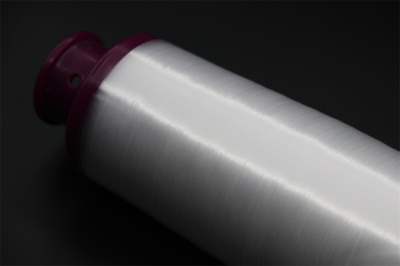
Kevlar vs. Carbon Fiber: Understanding the Differences
2024-05-31 14:21
Are Kevlar and carbon fiber the same? What sets Kevlar apart from carbon fiber?
What is Carbon Fiber?
Carbon fiber is a fibrous carbon material known for its black color. It boasts a combination of properties including high strength, low density, excellent corrosion resistance, superior heat tolerance, and electrical conductivity similar to copper. This material is celebrated for its exceptional electrical, thermal, and mechanical properties. Carbon fibers are produced through the carbonization of various precursor fibers such as polyacrylonitrile (PAN), pitch, rayon, or phenolic fibers. They can be categorized by their form into filaments, short fibers, and chopped fibers, or by their mechanical properties into general-purpose and high-performance types. General-purpose carbon fibers have a tensile strength of about 1000 MPa and a modulus of around 100 GPa. High-performance carbon fibers include high-strength fibers (2000 MPa strength, 250 GPa modulus) and high-modulus fibers (over 300 GPa modulus). Fibers with strengths exceeding 4000 MPa are termed ultra-high-strength, while those with moduli above 450 GPa are ultra-high-modulus.
What is Kevlar?
Kevlar, a brand name by DuPont, is a type of aramid fiber material known for its yellow color and robust properties. The chemical name for Kevlar is poly-para-phenylene terephthalamide, and its chemical formula consists of repeating units of -[-CO-C6H4-CONH-C6H4-NH-]-. Kevlar is renowned for its low density, high strength, excellent toughness, high-temperature resistance, and non-conductivity, making it easy to process and shape. Its strength is five times that of steel of the same weight, yet its density is only one-fifth of steel (Kevlar's density is 1.44 g/cm³ compared to steel's 7.859 g/cm³). This unique combination of properties has made Kevlar highly valued, especially in military applications where it is referred to as "armor guardian."
Mechanical Properties Comparison
Carbon Fiber: Tensile strength ranges from 2 to 7 GPa, with a tensile modulus between 200 and 700 GPa. Its density varies from 1.5 to 2.0 g/cm³, largely influenced by the precursor's structure and carbonization temperature. Graphitization at 3000℃ can increase the density to 2.0 g/cm³.
Kevlar: Strength is approximately 3.6 GPa, with a tensile modulus of 131 GPa and a fracture elongation of 2.8%. It can withstand long-term temperatures up to 180℃, has an axial thermal expansion coefficient of -2 × 10^(-6) /K, and a thermal conductivity of 0.048 W/(m·K).
Key Characteristics of Kevlar Fiber:
Permanent heat resistance and flame retardancy, with a limiting oxygen index (LOI) greater than 28.
Permanent anti-static properties.
Resistance to acids, alkalis, and organic solvents.
High strength, abrasion resistance, and tear resistance.
Does not produce molten droplets or toxic gases when burned.
Fabric thickens when exposed to fire, enhancing its sealing properties without breaking.
It's worth noting that colored carbon fibers, including red or multicolored variants, are typically produced by adding color pigments during the manufacturing process. This transformation from black to colored carbon fiber is achievable by companies specializing in carbon fiber fabrics and prepregs.
By understanding these differences, you can better appreciate the unique advantages and applications of each material.








